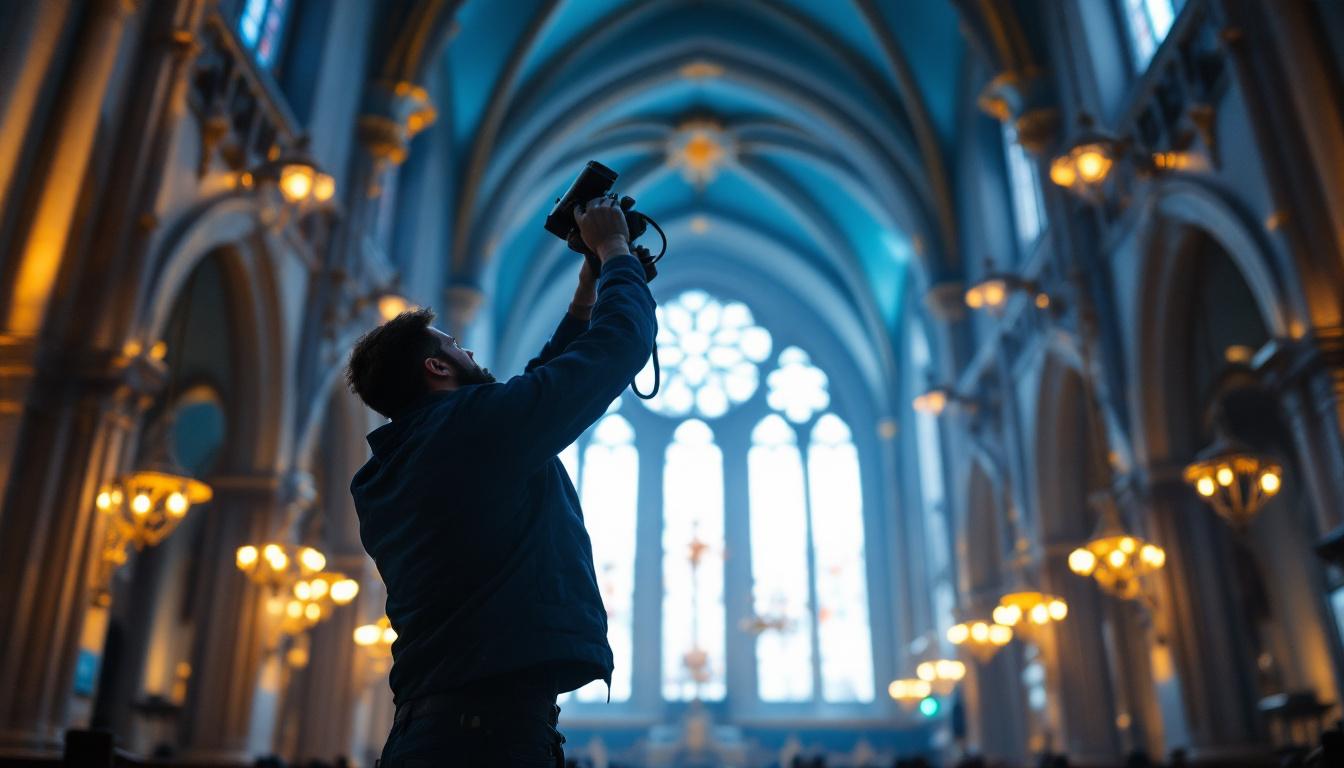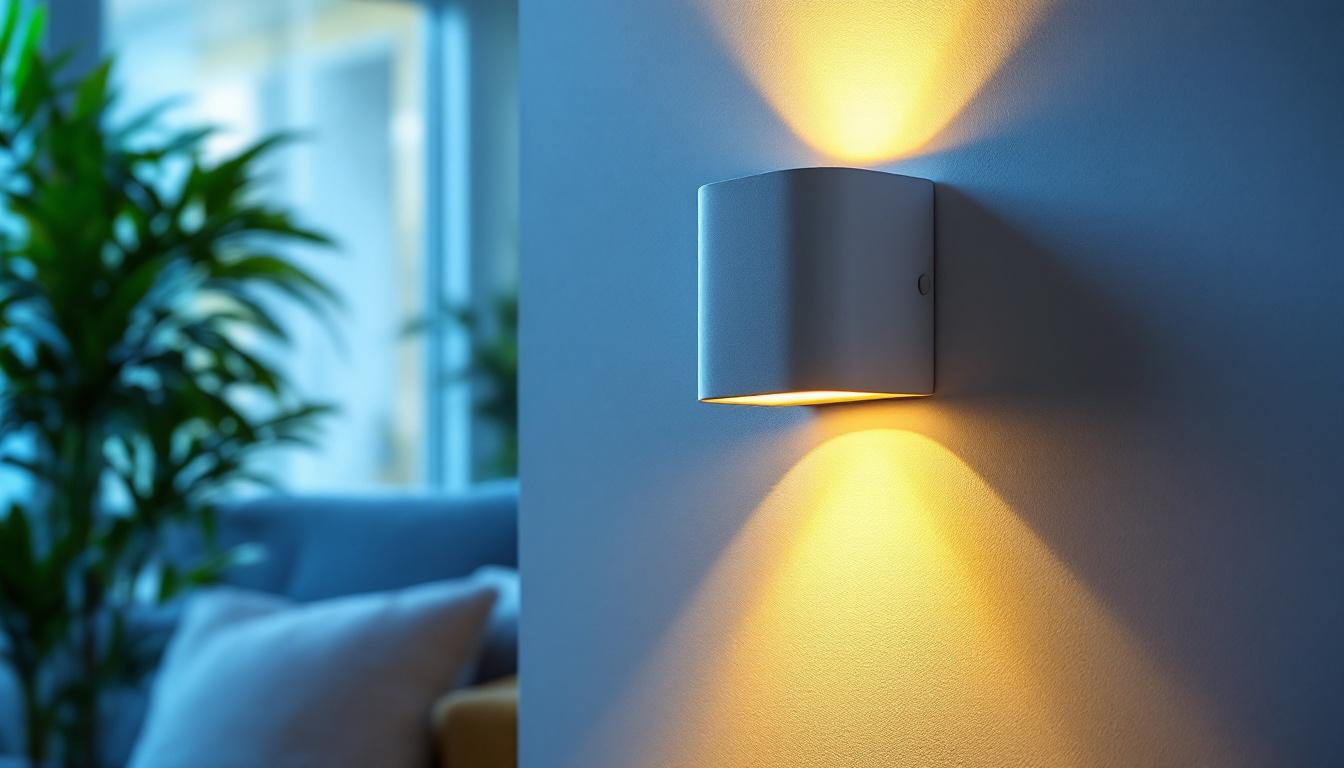
Lighting plays a crucial role in enhancing the ambiance and functionality of any space, particularly in places of worship. For lighting contractors, mastering the art of church lighting involves understanding not only the technical aspects of lighting design but also the unique needs of these sacred spaces. This article provides valuable insights and practical tips for lighting contractors to excel in their projects within church environments.
Churches are not just buildings; they are places of reverence, community, and spiritual connection. The lighting in these spaces must reflect their purpose while also accommodating various activities, from worship services to community gatherings. Understanding these unique requirements is the first step for lighting contractors.
The primary goal of church lighting is to create an inviting and warm atmosphere. This can be achieved through the use of soft, diffused lighting that enhances the natural beauty of the architecture without overwhelming it. Consider using LED fixtures that offer adjustable color temperatures, allowing for a warm glow during services and a cooler tone for community events.
In addition to the type of lighting, the placement is equally important. Highlighting architectural features, such as stained glass windows or intricate woodwork, can enhance the overall aesthetic while drawing the congregation’s focus to areas of significance. Furthermore, the use of dimmable lighting systems can provide flexibility, allowing for transitions between different moods throughout the service, from contemplative moments of prayer to celebratory occasions like weddings or baptisms.
Churches host a variety of activities beyond traditional services, including meetings, concerts, and educational programs. Each of these events may require different lighting setups. For instance, brighter, more focused lighting may be necessary for educational sessions, while softer, ambient lighting is ideal for worship services.
Contractors should work closely with church leaders to understand the specific needs of each activity. This collaboration will ensure that the lighting design is versatile and adaptable, accommodating the changing requirements of the church community. Additionally, incorporating smart lighting technology can enhance this adaptability, allowing for pre-set lighting configurations that can be easily adjusted with the push of a button. This not only streamlines the setup process for various events but also empowers the church staff to create the desired atmosphere with minimal effort, ensuring that each gathering feels special and intentional.
The selection of lighting fixtures is a critical aspect of any lighting project. In churches, the right fixtures can enhance both the functionality and aesthetics of the space. There are several factors to consider when choosing lighting fixtures for a church.
There are three primary types of lighting fixtures to consider: ambient, task, and accent lighting. Ambient lighting provides overall illumination, task lighting focuses on specific areas for activities, and accent lighting highlights architectural features or artwork.
For churches, a combination of these types is often necessary. Chandeliers or pendant lights can serve as ambient lighting, while recessed lights can provide task lighting for reading or studying. Accent lighting can be achieved through spotlights that illuminate religious icons or artwork, creating a focal point within the space. Additionally, wall sconces can be strategically placed to enhance the atmosphere, offering a warm glow that complements the overall design while also guiding congregants through the space.
In today’s world, energy efficiency and sustainability are more important than ever. Lighting contractors should consider LED fixtures, which consume significantly less energy compared to traditional incandescent bulbs. Additionally, LED lights have a longer lifespan, reducing the need for frequent replacements and maintenance.
Incorporating smart lighting systems can further enhance energy efficiency. These systems allow for automated control of lighting based on occupancy or time of day, ensuring that energy is not wasted when the church is not in use. This approach not only benefits the environment but also helps churches save on operating costs. Furthermore, integrating daylight harvesting techniques can maximize natural light during the day, reducing reliance on artificial lighting and creating a more inviting atmosphere for worshippers. This blend of technology and nature not only aligns with sustainable practices but also fosters a serene environment conducive to reflection and community gathering.
A well-thought-out lighting plan is essential for any successful church lighting project. This plan should take into account the architectural features of the church, the activities that will take place, and the overall atmosphere that needs to be created.
Before designing a lighting plan, it is crucial to conduct a thorough site assessment. This involves evaluating the existing lighting conditions, architectural elements, and the intended use of the space. Observing how natural light interacts with the interior can also provide valuable insights.
During the assessment, contractors should take note of areas that require more light and those that may benefit from dimmer settings. This information will guide the selection and placement of fixtures in the final design.
Churches often evolve over time, whether through renovations or changes in usage. Therefore, it is essential to create a lighting design that is scalable and adaptable. This can be achieved by using modular lighting systems that can be easily adjusted or expanded as needed.
Additionally, incorporating flexible lighting controls allows for quick adjustments to the lighting setup based on the specific requirements of different events. This flexibility ensures that the lighting remains relevant and functional as the needs of the church community change.
Lighting controls play a vital role in the overall effectiveness of a church lighting system. They not only enhance the functionality of the lighting but also contribute to the overall experience of the congregation.
There are various types of lighting controls available, including dimmers, timers, and smart lighting systems. Dimmers allow for the adjustment of brightness levels, creating the desired ambiance for different activities. Timers can automate the lighting schedule, ensuring that lights are on when needed and off when not in use.
Smart lighting systems take this a step further by offering remote control options, allowing users to adjust lighting settings from their smartphones or tablets. This can be particularly useful for churches that host events outside of regular service hours, ensuring that the lighting is always appropriate for the occasion.
Once the lighting system is installed, it is essential to train church staff on how to operate and maintain it effectively. Providing comprehensive training ensures that staff members are comfortable using the controls and can make adjustments as needed.
Additionally, offering ongoing support and resources can help staff troubleshoot any issues that may arise. This proactive approach will contribute to the longevity and effectiveness of the lighting system, ensuring that it continues to meet the needs of the church community.
Safety is a paramount concern when it comes to lighting installations in churches. Ensuring that the lighting system is safe for both staff and congregants is essential for any lighting contractor.
Lighting contractors must be aware of and comply with local building codes and regulations. This includes ensuring that all electrical installations meet safety standards and that fixtures are appropriately rated for their intended use.
Additionally, contractors should consider the placement of fixtures to minimize hazards. For example, ensuring that walkways and exits are well-lit can help prevent accidents during services or events.
Regular maintenance and inspections are crucial for ensuring the ongoing safety and functionality of the lighting system. Contractors should recommend a maintenance schedule that includes checking for any signs of wear or damage to fixtures and wiring.
Conducting routine inspections can help identify potential issues before they become significant problems, ensuring the safety of all who enter the church. This proactive approach not only protects the congregation but also extends the lifespan of the lighting system.
The lighting industry is constantly evolving, with new technologies and design trends emerging regularly. For lighting contractors, staying current with these trends is essential for providing the best solutions to their clients.
Advancements in lighting technology, such as smart lighting and energy-efficient fixtures, are transforming the way spaces are illuminated. Contractors should familiarize themselves with these technologies to offer innovative solutions that enhance the church experience.
Additionally, understanding the latest trends in architectural and decorative lighting can help contractors create visually stunning designs that resonate with the congregation. This knowledge can set contractors apart in a competitive market.
Participating in industry events, workshops, and training sessions can provide valuable opportunities for networking and professional development. Engaging with other professionals in the field can lead to new insights, ideas, and collaborations that can enhance a contractor’s skill set.
Joining professional organizations or online forums can also provide access to resources, best practices, and the latest industry news, ensuring that contractors remain informed and competitive in their field.
Lighting contractors play a vital role in shaping the atmosphere and functionality of churches. By understanding the unique requirements of church lighting, selecting the right fixtures, designing effective lighting plans, and implementing proper controls, contractors can create spaces that inspire and uplift congregations.
Moreover, prioritizing safety, staying current with industry trends, and investing in professional development will further enhance a contractor’s ability to deliver exceptional lighting solutions. As churches continue to evolve, the role of lighting contractors will remain essential in illuminating these sacred spaces.
Ready to elevate your church lighting projects to new heights? At LumenWholesale, we provide lighting contractors with the highest quality, spec-grade lighting products at prices that simply can’t be beaten. Say goodbye to local distributor markups and hello to a vast selection of reliable, high-performance lighting that meets the strictest industry standards. With free shipping on bulk orders, you can trust that you’re getting premium lighting at the best value — all without hidden fees or compromises. Enhance your sacred space projects with the perfect blend of quality, affordability, and convenience. Wholesale Lighting at the Best Value is just a click away.

Discover how strategic architectural lighting can enhance aesthetics while boosting profitability in installations.

Discover how LED wall sconces can transform your indoor spaces while boosting energy efficiency.

Discover why purchasing LED strip light retrofit kits in bulk from local distributors might not be the best choice.

Discover the secrets to maximizing efficiency with Panel Led 2X2 lighting solutions.